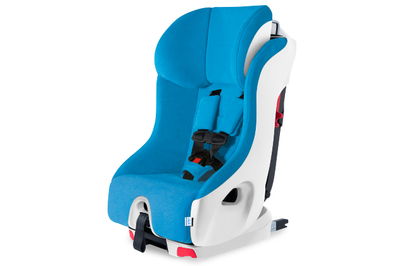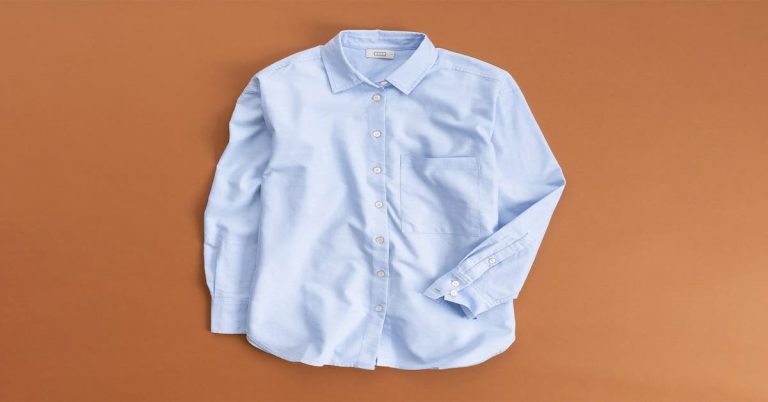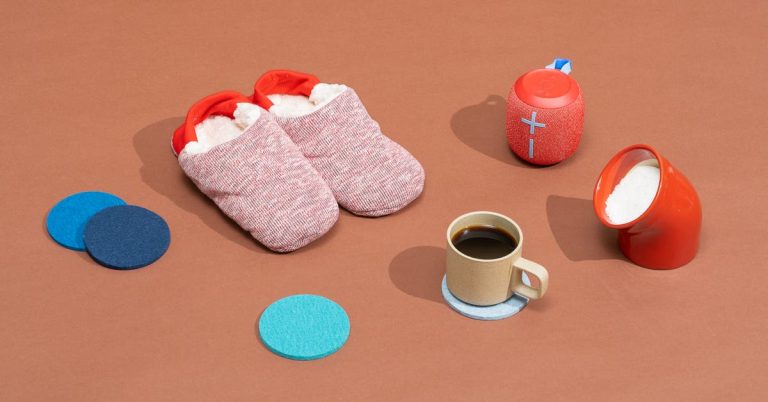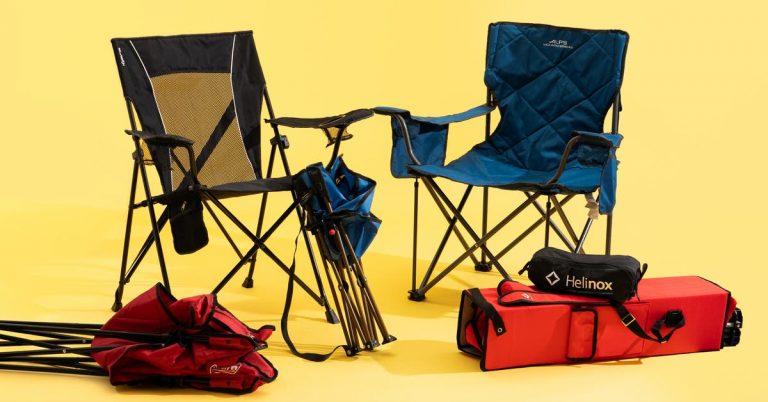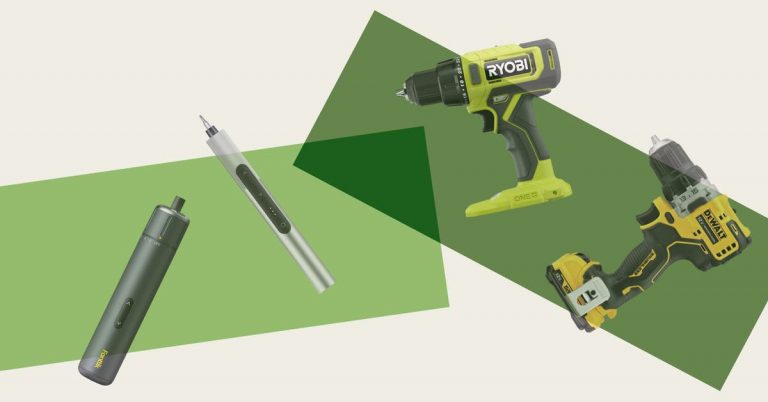The 5 Best Convertible and All-in-One Car Seats of 2025

Upgrade pick
We were won over by the Clek Foonf Convertible Car Seat’s solid construction, painless forward-facing install, cushy seat bed, and stain-evading fabric. The Foonf has a 50-pound rear-facing weight limit—the same as our other picks. And due to the seat’s pitch and shape, kids stay comfy riding rear-facing as they grow. The Foonf was also a favorite among our kid testers, who appreciated how well padded and roomy it felt. The company tends to have some of the highest safety ratings out there, and it even publishes its own crash-testing results; as far as we’re aware, Clek is alone among its peers in doing so.
But the Foonf seat’s rear-facing install is more complicated than that of our other picks, and its weight can be burdensome. Also, the Foonf is expensive, which is why we’re recommending this seat with the full awareness that it won’t be everyone’s cup of tea.
It comes with additional safety add-ons. Like one of our runner-up picks, the Britax Poplar S, the Foonf has an anti-rebound bar, which can help minimize the amount the seat rebounds after the initial impact in a frontal crash. If you want to add yet another optional safety feature for your rear-facing child, Clek also sells a Q-tether strap. This strap wraps around the Foonf and hooks to the top tether anchor; its purpose is to help further absorb the forces in a crash, without transferring them to your child.
Installing it rear-facing is a bit tricky. Unlike most other convertible car seats, the Foonf comes with a rear-facing base; it’s a wedge-shaped piece that must be attached to the bottom of the seat to create a proper angle for installing in rear-facing mode. For the rear-facing install, we think the car’s seat belt is a better choice than the LATCH method, since the LATCH system can only be used rear-facing with babies who weigh up to 25 pounds; about half of all babies will reach that by 12 months.
To begin, first remove the seat cushion, allowing access to the inner workings of the seat. Then position the Foonf on the vehicle seat at the correct angle—there’s a diagram on the side of the seat to guide you, based on your child’s age and weight. Next, route the seat belt through the rear-facing belt path and buckle it. To remove any slack from the seat belt, press down on the center of the Foonf while pulling on the belt. Then, as you’re holding the belt tight, close and latch a pair of belt lock-offs (two plastic tabs that fold down over the belt to cinch it into place). It requires some force and coordination to get those tabs closed. In general, it would be helpful to have three (strong) arms during much of this installation process.
If you opt to do the rear-facing install using LATCH, you remove the top of the seat cushion and take out the rear-facing LATCH strap (with connectors on either end) from its storage location. Thread the two ends with the clips through the rear-facing LATCH belt path and connect the clips to the anchors. After positioning the seat at the correct angle, tighten the LATCH straps snugly on both sides, close the belt lock-offs, and replace the lid of the seat.
Clek has good videos online for how to install the seat (though we found the owner’s manual to be sufficient).
But installing it forward-facing is easy. Of all the seats we tested, the Foonf was our favorite to install forward-facing. The Foonf has a feature for its forward-facing install that few convertible seats in the US have: rigid LATCH connectors, LATCH hooks mounted on metal bars that extend straight out from the seat (they look a bit like miniature staplers). After adjusting the pitch of the seat to the appropriate angle for your child, pull the LATCH connectors out from the base of the seat, align them with the car’s LATCH anchors, and click them into place. (There’s an indicator on the bars that turns from red to green when a secure connection has been made.) Once the LATCH connectors are clipped to the car’s anchors, the Foonf feels like it has been welded to your vehicle.

Unlike the vast majority of convertible seats, the Foonf can be installed in the forward-facing position using both LATCH and the vehicle seat belt. (Most seats call for one method or the other.) So once your child has reached 35 pounds (the Foonf’s forward-facing LATCH limit), you can keep using the rigid LATCH; this makes it easy to line up the seat properly and get a snug fit, and then add the seat belt to handle the extra weight load.
To install the Foonf forward-facing with the seat belt alone, route the lap portion of the belt through the forward-facing belt path and the shoulder portion of the belt through the forward-facing belt lock-off, and then buckle it in. To get it extra-snug, pull on the belt while pressing down on the center of the seat, removing any extra slack. As always when using a convertible car seat in the forward-facing position, be sure to also install the top tether.

The chest and crotch buckles function smoothly, as does the headrest. With the Foonf’s low sides and taut fabric, it seemed like I spent less time fishing for the harness straps hiding behind my child than I did with any other seat we tested. Tightening and loosening the harness with your child in the seat is very easy, too. And we’ve noticed that the harness straps almost never get twisted. (The sorcery has something to do with how the straps emerge from the buckle tongue.)
It’s a good-looking seat, but the fabric is not machine-washable. We love the Foonf’s sleek, minimalist look; it’s available in nine colors, with either white or black plastic sides. The Crypton C-Zero Plus fabric has a moisture barrier and an antimicrobial treatment on top, and it’s Greenguard Gold–certified for lower emissions of VOCs (volatile organic compounds). It’s also stain-repellant. All of the fabrics are free of brominated and chlorinated flame retardants, and the Mammoth and Railroad are free of any added flame retardants. The seat’s fabric cover can also be removed completely, hand-washed, and drip-dried. The Railroad Ziip option features a zip-off cover to make it easier to remove, and it can be put in the washer and dryer.
It’s roomy yet narrow. Even without the extension panel that the Graco Extend2Fit Convertible has, a rear-facing Foonf gives even a larger child plenty of legroom. When the seat is reclined (which it should be for a rear-facing installation), the tall front edge of the seat provides ample legroom. Plus, the Foonf’s lower sides make it easy to get a rear-facing child settled and buckled. But even though it feels roomy, it’s also narrow, at only 17 inches wide, and does well if you’re trying to fit three car seats across the back seat.
Like the Extend2Fit Convertible and the Britax Poplar and Poplar S seats, the Foonf can accommodate rear-facing children up to 50 pounds and forward-facing kids up to 65 pounds or 49 inches. Clek sells an Infant-Thingy insert for the Foonf that lets the seat carry babies as small as 5 pounds in rear-facing mode only. The Foonf’s minimum weight for a forward-facing child is 22 pounds, but experts recommend keeping your child rear-facing for far longer.
All Clek seats last nine years from the date of manufacture before they expire. The warranty on seats purchased after January 2024 (and manufactured January 2023 or later) lasts until the seat’s expiration date, if you register the seat within 90 days; for seats bought earlier than January 2024, it’s a three-year warranty. (For all seats, the warranty is one year if you don’t register it.)
The Foonf performed well in the NHTSA’s front-impact crash testing, with good Head Injury Criterion (HIC) and chest acceleration scores. Clek also provides access to its own crash-testing video.
The seat received an ease-of-use rating from the NHTSA of two out of five stars. Some of the reasons for the low rating: The seat requires some assembly out of the box; it lacks a no-rethread harness; the seat cushion must be removed to route the seat belt; and you have to refer to the owner’s manual for complete install instructions (versus being able to follow printed instructions on the seat alone).
Flaws but not dealbreakers
Again, it’s a heavy car seat. The Foonf’s heft is polarizing. Some folks find it reassuring, and they like the idea of their child being protected by this fortress-like seat. But it takes strength to lift and lug this seat, which weighs 33 pounds forward-facing and a whopping 38 pounds when it’s rear-facing with the anti-rebound bar and base attached. If you plan to travel with your convertible seat regularly or to move it around frequently, this seat probably isn’t ideal for you (unless you’re Popeye).
It’s also tall. The Foonf is taller than our other picks, but depending on the recline angle you need for your child and the size of your car, that may not be a problem. However, if you’re attempting to transport a small infant in the Foonf’s most reclined position, and you’re using it in a compact car with low ceilings, it could be an issue. So be sure to double-check the dimensions in advance.
It lacks a no-rethread harness. Unlike our other convertible picks, the Foonf does not have a no-rethread harness that’s connected to the headrest, and the harness and headrest cannot be adjusted together in one simultaneous motion. To adjust the straps as your child grows, you must manually remove them and then rethread them through a different slot.
There’s a safety argument to be made for having the harness and headrest operate independently. According to pediatrician Alicia Baer of The Car Seat Lady website, with the Foonf, if the headrest were to come off in an accident, the harness system would still be intact. But with seats that have the headrest and harness as part of the same system, if something were to happen to one of the pieces in a collision, it would have an impact on the other.
It requires more assembly than its counterparts. The Foonf has a separate headrest, an anti-rebound bar, a base for rear-facing install, and manually threading harness straps. However, we didn’t find dealing with any of these pieces to be particularly onerous. The only thing that stumped us was how to remove the rear-facing base in order to switch the seat to forward-facing mode. So we found a video on YouTube to help with that.
It’s very expensive. From a value standpoint, it can be hard to justify spending over $500 on a car seat when there are great alternatives that cost about half as much. And it’s irritating that if you do decide to shell out half a grand on a Foonf, you’d still have to buy a cup holder.

